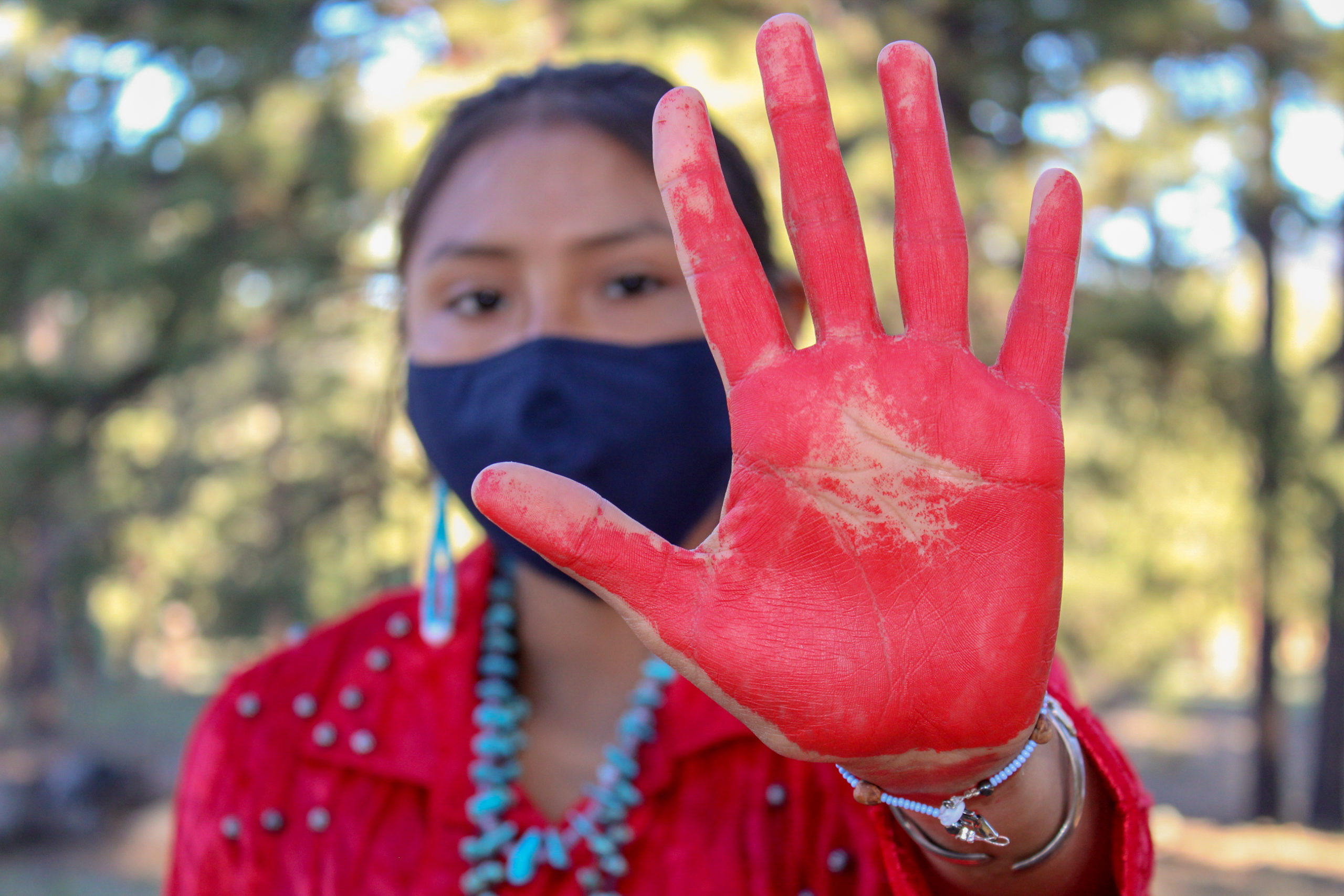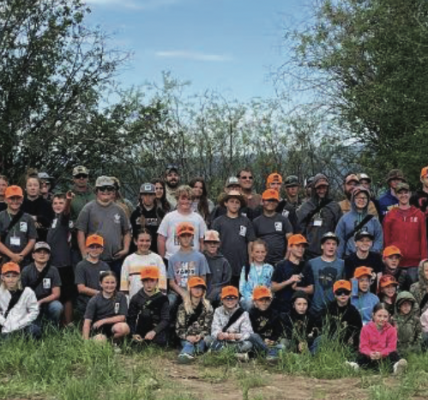
By Jasmine Hall
Jackson Hole News&Guide
Via- Wyoming News Exchange
JACKSON — Officials in every branch of Wyoming government and law enforcement are trying to create new tools to solve cases of missing and murdered Indigenous people.
The two most recent attempts were in bills passed during the state Legislature’s 2024 budget session: House Bills 29 and 58. One creates a new cold case database under the purview of the Wyoming Division of Criminal Investigation, and the other establishes a pilot program for forensic genealogical DNA analyses and searches.
The bills were sponsored by the Legislature’s Joint Judiciary Committee and the Select Committee on Tribal Relations.
Lawmakers on the select committee heard Wednesday from members of Gov. Mark Gordon’s Missing and Murdered Indigenous People Task Force and the Wyoming Division of Criminal Investigation about the timeline for implementation.
Both laws take effect July 1. But the DCI has already begun deciding how the cold case database for homicides and sexual assaults in Wyoming will function and how to award $150,000 in grants to local law enforcement agencies for forensic genealogical DNA analyses to assist in criminal investigations and identifying human remains. The funding will be available until 2029.
“Our update is that we’ve evaluated different databases,” DCI Commander Ryan Cox said. “And after evaluation, we feel that we can implement an internal database that meets all of our needs. It will be similar to what the missing person database looks like that’s currently on the Wyoming DCI webpage.”
DCI officials have spoken with law enforcement officials across the state about how they want to gather more than 100 fields of information to collect and disseminate through the database.
The database will be available to the public, too, although some state-prohibited information won’t be included to protect the integrity of the cases. Cox said that as agencies go through their cold cases, it will also spur them to look at forensic tools and the new pilot program being established.
The genealogy lab work can often cost $4,000 to $10,000 for local law enforcement agencies, according to Cox. Providing reimbursement versus providing the grant dollars upfront was a subject of debate, considering that expense may be a barrier to entry for the pilot program for smaller agencies.
“The cost can go up to $10,000,” State Crime Laboratory Deputy Director Scott McWilliams testified. “I don’t think it’s unreasonable for the amount of technology that’s out there. And there’s a lot of research that’s required, a lot of human hours, once you’ve done the lab work to find those connections within a family tree. And so it does, it does come out to be pricey.
“But given the $150,000 that the state has given toward this project, I believe that because there’s a very small subset of cases that actually would qualify for this, I think it’s a reasonable place to start.”
In addition to lawmakers getting a preview of the agency’s plans for the new resources, Wyoming Division of Victim Services Director Cara Chambers hinted at the legislative initiatives she hoped to share with the committee during the interim.
Chambers will present “Patricia’s Law” — a bill passed by other states across the nation — to the governor’s task force first, though. The law sets new guidelines for police to follow in missing persons cases, including collecting DNA material and entering a missing person’s report into the national database within two hours of filing for high-risk cases. Other cases would have to be investigated within 24 hours of their initial filing, according to New Jersey state Sen. Loretta Weinberg, the sponsor of the bill in her state.
This could be another resource for a population in Wyoming that has disproportionately high rates of victims of homicide or going missing compared with white people.
Indigenous people make up just 3% of Wyoming’s population, but the five-year homicide rate for all sexes was 19.6 per 100,000 people in 2023. For white people of all sexes, the rate was three homicides per 100,000 people, according to a 2024 report on Indigenous victims in Wyoming. That means the homicide rate was nearly seven times higher for Indigenous residents.
In 2023, law enforcement added 177 missing person records for 110 Indigenous individuals to the National Crime Information Center records. Wyoming made up 18% of all missing person cases entered into the system.
The majority of the reports were for missing women, and 93% of them were between the ages of 5 and 17.
The 2024 report noted that there is no federal law mandating the inclusion of all adults reported in the national system, “so it’s likely that the numbers we present do not include information about all missing people.”
State Sen. Cale Case, R-Lander, sits on the Select Committee on Tribal Relations and is passionate about the issue in his own community. He pointed to reporting done by the Riverton Ranger on the new Missing and Murdered Indigenous Persons database that’s available now, and how 10 juveniles have gone missing in the past five months — most of them between February and March.
“This data wasn’t available before, but now it is,” he said. “But I’m just flat on my back that there are 10 missing juveniles that are from really small communities here since the first of the year. That was astounding and tragic.”






